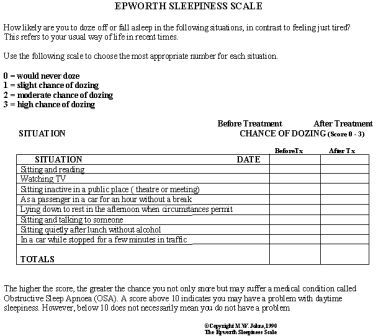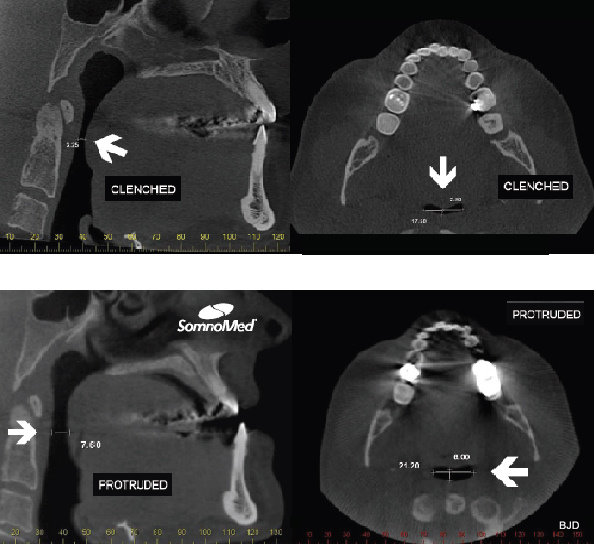Obstructive Sleep Apnoea & Snoring
OBSTRUCTIVE SLEEP APNEOA (OSA) AND SNORING
Dr Deutsch has a special interest in the dental treatment of Snoring and Sleep Apnoea and is a member of the Australian Sleep Association.
Dr Deutsch is experienced in the treatment of simple snoring and snoring associated with obstructive sleep apnoea using mandibular advancement splints. He is a Gold Status SomnoMed Dental Sleep Professional as recognised by the SomnoMed company.
BENIGN OR SIMPLE SNORING WITHOUT APNEOA.
Benign or Simple Snoring is snoring that does not cause a reduction in normal oxygen levels to body organs while sleeping. Simple snoring does not cause medical problems but may cause embarrassment, disturbed sleep especially to sleeping partners and can strain relationships.
Over time, simple snoring may worsen and develop an apnoea component due to decrease in airway muscle tone associated with normal ageing and from weight gain.
A certain percentage of people who snore have or will develop a serious medical condition called Obstructive Sleep Apnoea (OSA).
Between 2-4% of the population have Sleep Apnoea.
OSA is a a partial or complete stop in breathing caused by partial or complete obstruction of the airway resulting in insufficient or no oxygen reaching the brain and body organs.
During normal breathing air passes through the nose and over the soft palate, uvula, tongue and throat muscles. The airway is kept open by the tone of the airway and surrounding muscles.
When awake, in an upright position the neck musculature tends to move the structures of the neck away from the airway. During sleep, the airway and surrounding muscles may relax too much. Lying down on your back makes the structures in the neck fall backwards onto the airway and restricts the air that can pass into the lungs.
Snoring is caused by the soft tissues associated with the airway vibrating against each other, especially in the region where the tongue meets the soft palate, uvula, tonsils and back of the upper throat.
In severe cases partial or complete collapse of the airway may take place in the neck below the level of the tongue.
OBSTRUCTIVE SLEEP APNEOA (OSA)
During sleep a person may have many episodes of of partial or complete obstruction of the airway and may be completely unaware of of these events.
Apneoa is a complete obstruction of the airway greater than 10 seconds.
Hypopnea is partial obstruction of the airway greater than 10 seconds.
Oxygen Saturation measures the oxygen level in the body. Oxygen saturation levels drop markedly whenever there is an apnoea or hypopnea event during sleep.
Arousals: The lack of oxygen to the brain and the urge to breath eventually wakes the patient. In Severe OSA a patient may never be able to achieve normal sleep patterns (Sleep Architecture). Over time, poor quality sleep leaves the patient continuously tired and causes excessive daytime sleepiness. Most people do not remember waking up during the night and are unaware that they have OSA.
AHI Index
The number of apnoea and hypopnoea events per hour can be measured in a Sleep Study. The more and longer these events last the worse is the Obstructive Sleep Apnoea (OSA.)
Normal AHI of less than 5 episodes per hour is considered normal
Mild OSA AHI up to 15 episodes per hour
Moderate OSA AHI between 15 and 30 episodes per hour
Severe OSA AHI greater than 30 episodes per hour

OSA over time may cause blood pressure problems, heart disease, stroke and deterioration of mental faculties. People with OSA will often have loud snoring associated with other signs and symptoms such as:
- Witnessed sudden choking or gasping for air after a period of silence when breathing may have stopped during sleep.
- Excessive daytime sleepiness, falling asleep at work or while driving- a significant proportion of car accidents are caused by falling asleep while driving a car
- Tiredness on waking
- Headaches on wakening
- Poor concentration
- Personality changes, irritability, anxiousness, depression
- Decrease in job performance which may lead to accidents at work
- Decreased sex drive
Indicators for OSA
- Social History –Falling asleep at odd times, excessive daytime sleepiness
- Witnessed apnoeas, gasps, excessive snoring – reported from sleeping partner
- Age – increases with age
- Sex – males > females
- Weight – BMI Caucasians >30 : Asian >27
- Epworth Sleepiness Scale – assesses excessive daytime sleepiness
- Anthropomorphic characteristics– body shape, retruded chin, short neck, large tongue and long soft palate

Sleep Physician and Sleep Studies
It is advisable to consult a specialist sleep physician if Sleep Apnoea is suspected.
Although there may be indicators that someone suffers from sleep apnoea, the only definitive test for sleep apnoea is to have an overnight sleep study in a sleep clinic. The sleep study records the number of apnoea/hypopnoea episodes, oxygen saturation, stages of sleep, length of each stage of sleep, restlessness, leg movements and postural positions. From the results of the sleep study a sleep physician can determine the severity of the sleep apnoea and recommend treatment tailored to that individual.
Treatment Options
OSA may have a multi-factor cause and treatment may have to be co-ordinated by a Respiratory or Sleep Disorder Physician in conjunction with a number of different specialists as obstruction may occur at one or all of the levels below:-
- The Nose- requiring assessment and treatment by an Ear Throat and Nose Surgeon
- The Tongue- where it meets the airway and soft palate requiring treatment by a Dentist
- The Neck- where the neck muscles collapse onto the airway. A nasal continuous positive airway pressure (CPAP) machine may be used to pump air down the airway.
Mandibular Advancement Splints (MAS)
The American Academy of Sleep Medicine (Westchester IL) recommends oral appliances be used for:-
- Mild Sleep Apnoea
- Benign Snoring without Obstructive
- Moderate Sleep Apnoea
- Severe Sleep Apnoea but can not tolerate CPAP
- Patients who are non responsive to CPAP
Treatment is available for simple snoring using an especially constructed oral appliance called a Mandibular Advancement Splint (MAS).
The MAS positions the jaw forward at about two thirds the maximum forward movement of the lower jaw and opens the bite about five millimetres. As the tongue is attached to the lower jaw, any forward movement of the lower jaw will move the tongue away from the back of the throat and soft palate thereby opening up the airway. The muscles and soft tissues of the neck attached to the tongue and lower jaw also move forward and away from the airway.
